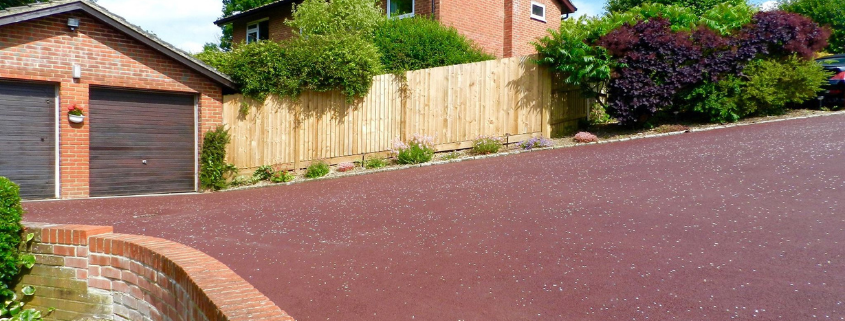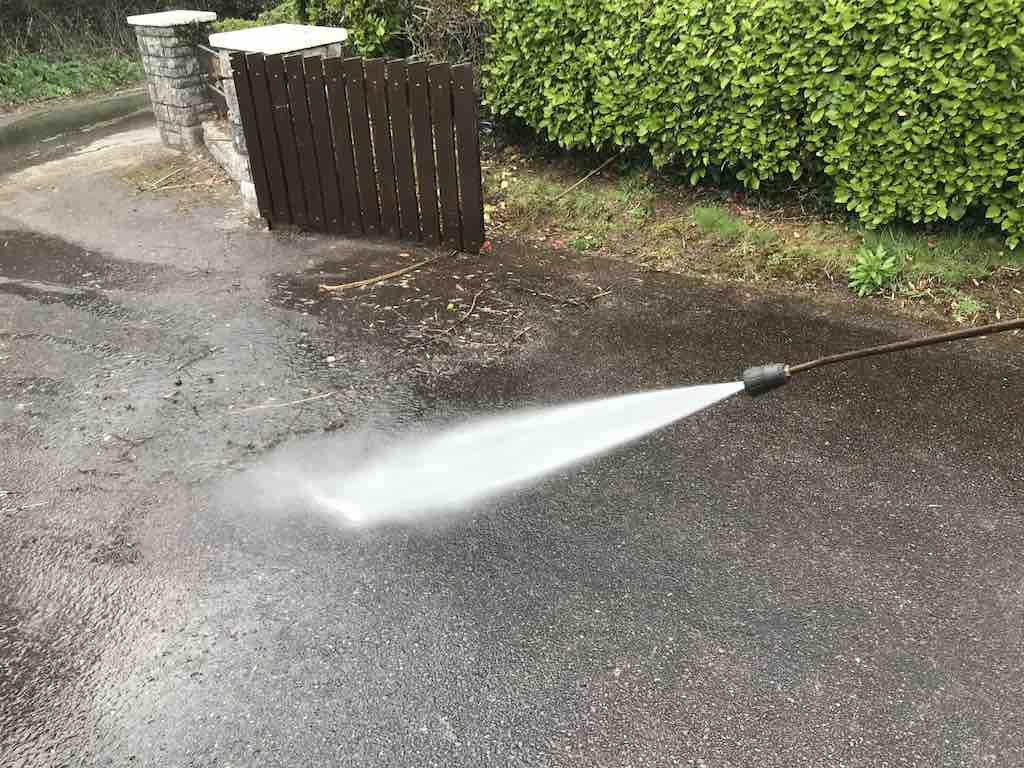FAQ Blog – Driveway Aftercare
How to Look After Your New Driveway
Time
Following the completion of your driveway you’ll need to leave it to cool and the tarmac to set. In normal conditions leaving your driveway for at least 3 days before driving on it is sensible, and in hotter weather up to 5 days. This will prevent any movement of the new surfacing, tyre tracks or lines, and scuffing. You can walk on your driveway straight away, but just remember, it will be hot directly after laying, so be careful of your pet’s feet! You can assist cooling by spraying the drive with water. This would also help it harden on hot days.
It will take your drive 6-12 months to fully harden and cure, so it will be pliable to an extent before then.
Careful Driving
Cars can create spot damage on your drive, especially shortly after laying, but this damage can be prevented by some careful driving. One of the main contributors to spot damage is stationary power steering. By turning the wheels when you’re still you will create circular scuffs, which can really stand out as the drive ages. Make sure your vehicle is moving when you tur, and if the surface has been left to “go off”, you shouldn’t have a problem. Similarly, setting off quickly and wheel spinning or stopping too fast could also create scuffs. If you have a skip of any heavy delivery vehicles on your drive, make sure the area is protected with boards to prevent indentations.
Modern surfacing materials are designed to withstand day to day wear and tear from vehicles, but being cautious will help prolong the driveway and keep it looking fresh.
Avoid Nasty Chemicals
Oils, Petrol, Diesel, Anti-freeze, Steering fluid, etc. can all damage your driveway. The asphalt macadam surfacing is oil based and so any other oil based liquid spilt on the drive will break down the material bonding the aggregates together. This weakens the surface and will result in immediate increased wear and tear, loose aggregate breaking from the surface and scuffs appearing. Caution and the appropriate protection should be used to prevent contact with these damaging liquids.
Cleaning
There’s many ways in which your drive can become dirty; mud, garden debris, moss, etc. Below are a few good tips on how to clean your drive without damaging the surface.
Removing Dirt and Debris
Before you deep clean your asphalt or concrete, you’ll want to get rid of the debris and dirt from the surface. Use a stiff-bristled long-handled broom to sweep any loose material from the surface of your drive. You might find that wetting the drive with a hose whilst doing this is enough to remove loose mud or garden debris.
Pressure Washing
Pressure washing can be a great way to make your drive good as new, but be careful not to use a hard setting as this can damage the surface. You can pre-treat your drive with an appropriate washer detergent – but be careful to use a product suitable for asphalt driveways and made with gentle cleaners. Then pressure wash the area working with the fall of the drive towards your drainage.
We do get called back to driveways that have suffered oil spills or damage from skips etc. and sometimes the only solution is to replace the whole area to avoid unsightly joints and patches. A good tarmac drive is an asset to any property, and a cared for drive should last decades.
You can dowload our aftercare and maitenance PDF here, or contact our friendly Aftercare Support Team.
Mark Edwards
Surveyor, Edwards Surfacing







As someone responsible for maintaining a newly installed surface, I found “Aftercare: Frequently Asked Questions” by Edwards Surfacing to be a useful resource. The article provided practical advice on how to care for and extend the lifespan of a surface. It covered topics such as cleaning, avoiding weather damage, and repairing any damage that may occur over time. The article emphasized the importance of regular maintenance to prevent further damage and costly repairs. Overall, this article provided helpful guidance on how to keep a surface in good condition.